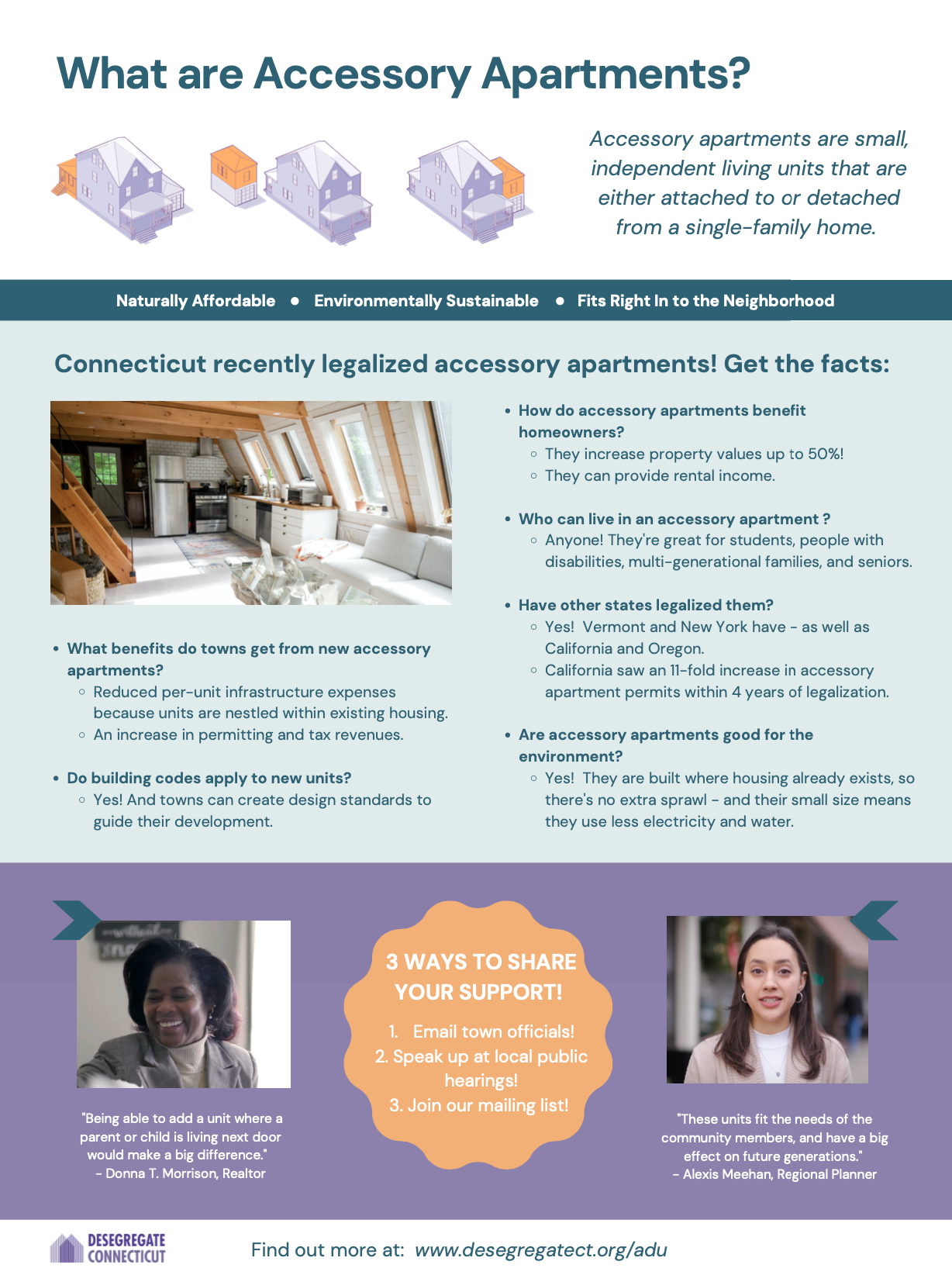Mental health facility signs play a crucial role in creating a safe and supportive environment for patients. These signs are designed not only to provide information but also to enhance the overall therapeutic atmosphere within mental health settings. This article will explore various aspects of mental health facility signs, including their importance, types, design considerations, and the impact they have on patient care.
Importance of Mental Health Facility Signs
Mental health facility signs serve several essential functions:
- Safety and Security: Proper signage can help prevent accidents and ensure that patients are aware of their surroundings, which is especially important in facilities where safety is a concern.
- Wayfinding: Clear directional signs assist patients and visitors in navigating the facility, reducing confusion and anxiety.
- Communication: Signs convey important information about rules, services, and emergency procedures, fostering a sense of understanding and control among patients.
Types of Mental Health Facility Signs
Mental health facility signs can be categorized into several types:
- Directional Signs: These guide individuals to various departments or services within the facility.
- Informational Signs: Provide details about services offered, such as therapy sessions or support groups.
- Regulatory Signs: Indicate rules and regulations that must be followed within the facility.
- Emergency Signs: Highlight emergency exits, safety protocols, and contact information for immediate assistance.
Design Considerations for Mental Health Facility Signs
When designing signs for mental health facilities, several factors must be considered:
- Legibility: Text should be clear and easy to read from a distance. Fonts should be simple without excessive embellishments.
- Color Contrast: High contrast between text and background improves readability. Soft colors can create a calming effect while still being functional.
- Symbolism: Using universally recognized symbols can aid understanding, especially for individuals who may struggle with reading.
SafeCare Signage System
One innovative approach to mental health signage is the SafeCare system developed by 2/90 Sign Systems. This system is specifically designed for behavioral health environments with features that enhance safety:
- Ligature Resistance: The design includes low-profile edges that minimize potential ligature points, reducing the risk of self-harm.
- Durability: Made from polycarbonate materials that do not break easily, eliminating choking hazards.
- Tamper Resistance: Installed using secure fasteners to prevent tampering or removal.
The Role of Signage in Patient Well-being
Effective signage contributes to patient well-being by:
- Reducing Anxiety: Clear signs help patients feel more secure and informed about their environment.
- Promoting Independence: By facilitating navigation, patients can move around the facility with greater confidence.
- Encouraging Compliance: Regulatory signs remind patients of important rules that contribute to their safety and treatment.
Compliance with Standards
Mental health facility signs must comply with various standards to ensure accessibility and safety:
- ADA Compliance: Signs should include Braille and tactile elements to assist visually impaired individuals.
- Local Regulations: Facilities must adhere to local building codes and safety regulations regarding signage.
Customization Options for Mental Health Facility Signs
Customization is vital in creating effective mental health facility signage. Options may include:
- Size Variations: Different sizes can cater to specific locations or visibility requirements.
- Color Schemes: Facilities can choose colors that align with their branding or therapeutic goals.
- Material Choices: Selecting materials that are durable yet safe for the environment enhances longevity.
Impact of Signage on Staff Efficiency
Properly designed signs not only benefit patients but also enhance staff efficiency:
- Streamlined Operations: Clear directional signs reduce time spent guiding patients or visitors.
- Emergency Preparedness: Well-marked emergency exits and procedures ensure staff can respond quickly in crises.
Future Trends in Mental Health Facility Signage
The future of mental health facility signage may include advancements such as:
- Digital Signage: Interactive screens providing real-time information about services or events within the facility.
- Smart Technology Integration: Using mobile applications to provide directions or information based on user location within the facility.
Case Studies of Effective Signage Implementation
Examining successful implementations of mental health signage can provide valuable insights. For instance:
- A behavioral health hospital implemented SafeCare signage, resulting in a reported decrease in patient incidents related to self-harm.
- A community mental health center redesigned its wayfinding system based on patient feedback, leading to improved navigation satisfaction among visitors.
Challenges in Mental Health Facility Signage
Despite the benefits, challenges remain in implementing effective signage:
- Budget Constraints: Limited funding may restrict the ability to install high-quality signage systems.
- Changing Regulations: Keeping up with evolving standards can complicate signage updates.
Conclusion
Mental health facility signs are more than just informational tools; they are integral components of a therapeutic environment. By prioritizing safety, clarity, and accessibility in their design, these signs contribute significantly to patient care and overall facility efficiency. As trends evolve towards more innovative solutions, mental health facilities must continue to adapt their signage strategies to meet the needs of both patients and staff effectively.




